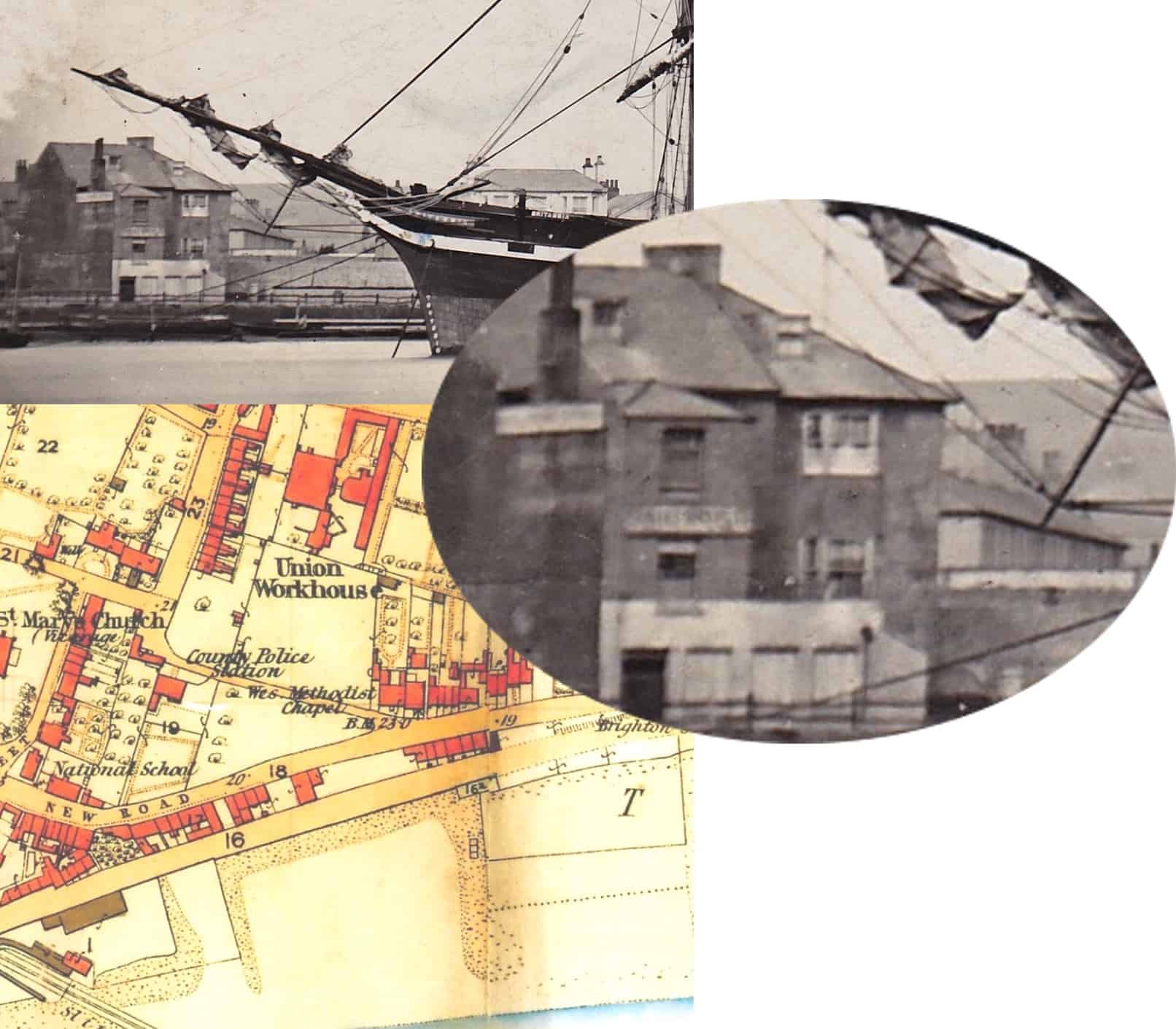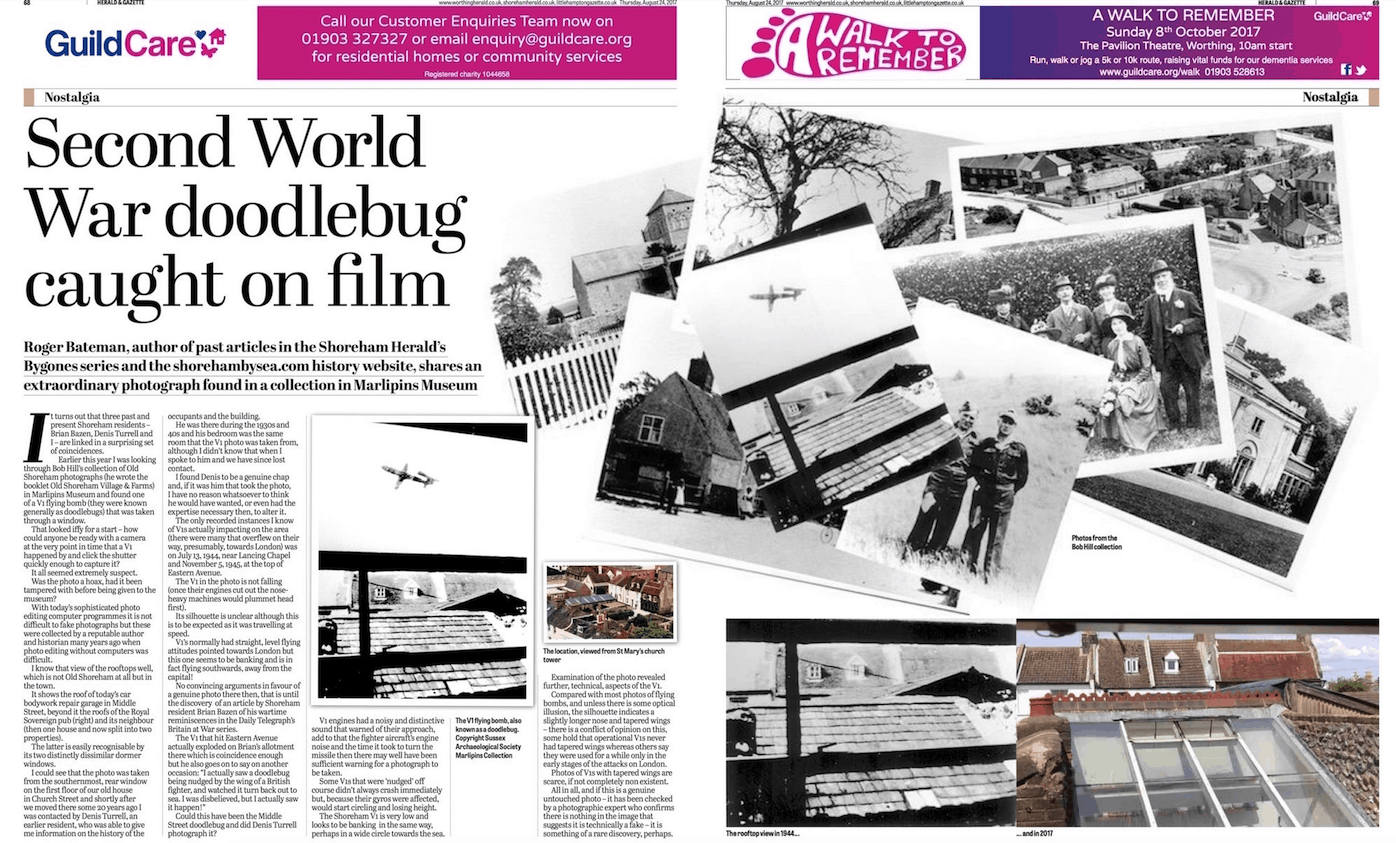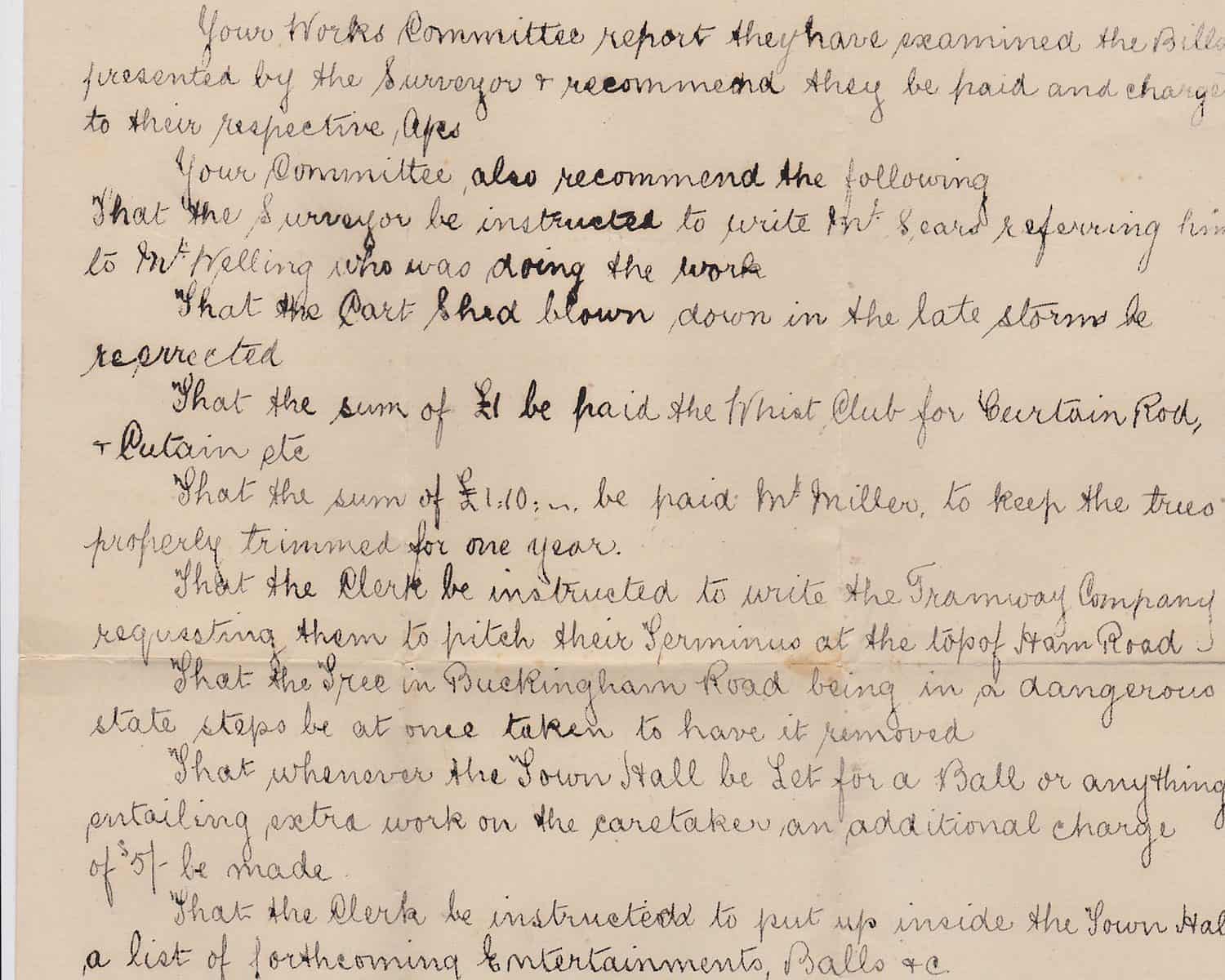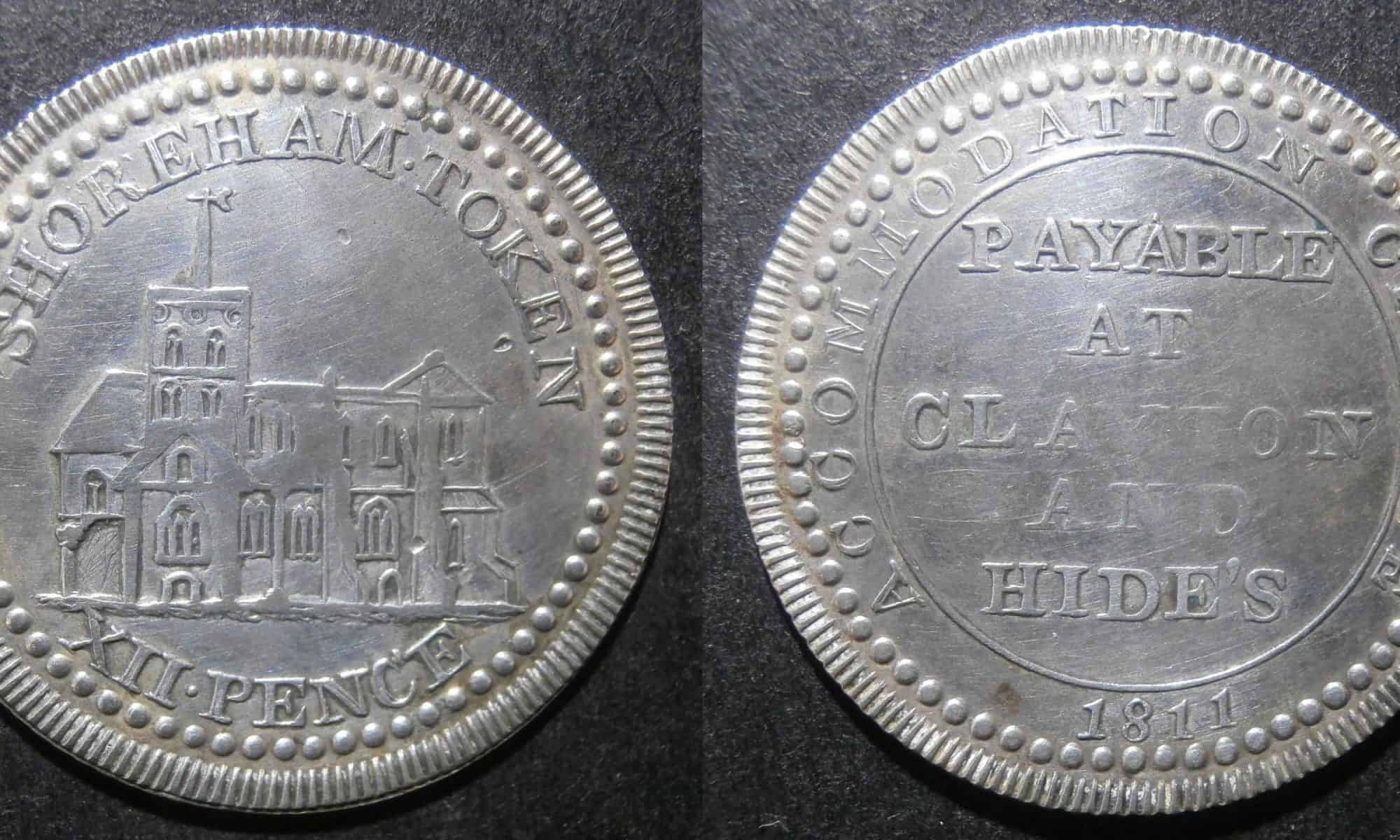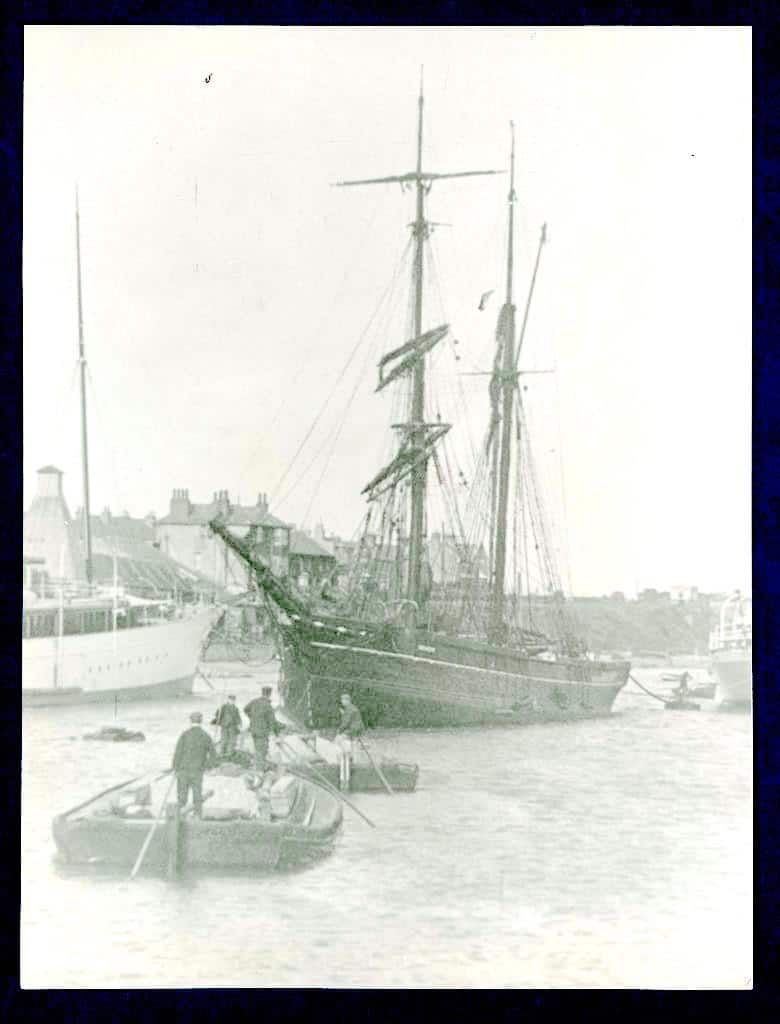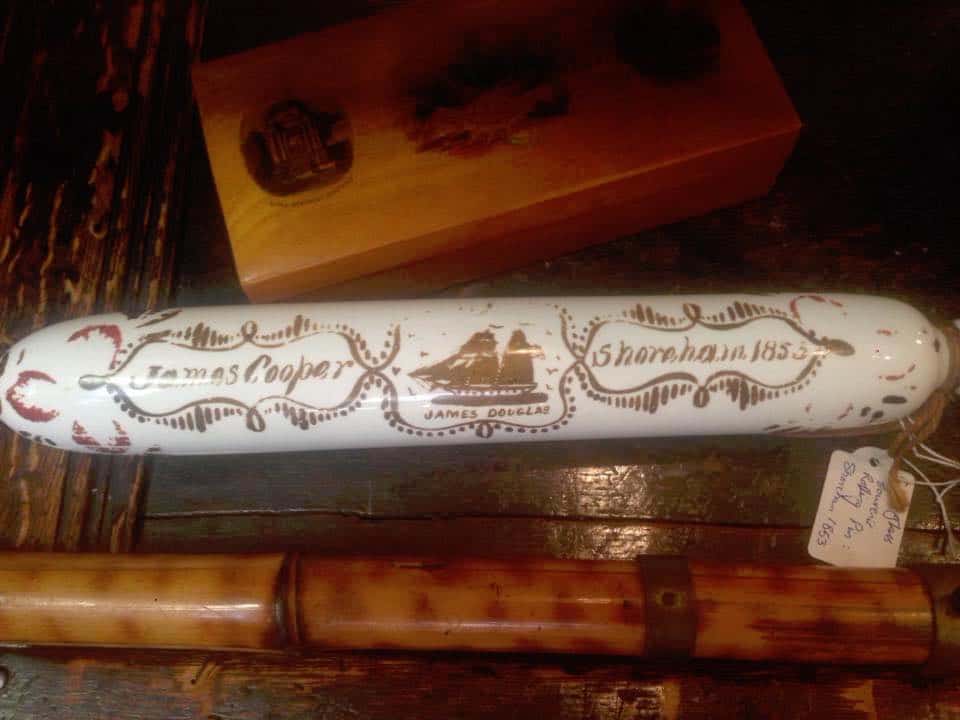Photos to date of the ship Britannia in full classic side-on pose are in dirty condition and poor resolution – that is until one turned up that was included with the collection donated by Jean Tyler. The full length shot will be included when we have the galleries up and running (shouldn’t be long now) but, as usual, we couldn’t resist looking at the background detail. The Britannia was launched in 1877, the map is dated 1872.
House Builders of Shoreham
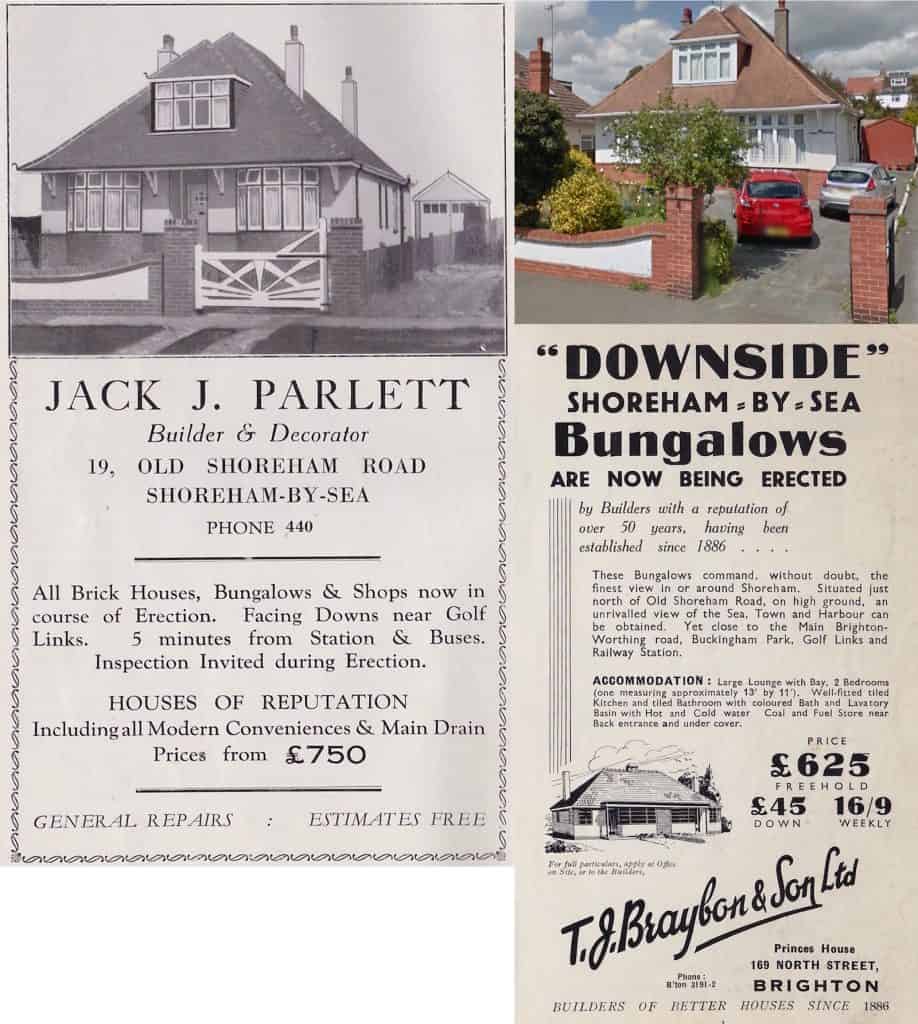
The Parlett family name often appears in the Shoreham records around the 1930’s onwards, notably Frank, James and John Parlett who were largely involved with the building trade. John lived on the west side of the Old Shoreham Road, just below the viaduct where he had his workshop beneath one of the arches there. One of his advertisements in 1938 shows a neat looking bungalow he had built that Spinalman has since discovered still survives largely unaltered at number 357 Upper Shoreham Road.
The advertisement mentions the houses, bungalows and shops that John was also building near the golf course and seems to be in competition with Braybons who were building at the nearby ‘Downside’ area. Building though came to a halt during the war years and the majority of both those areas did not become completely built upon until the 1960’s and after.
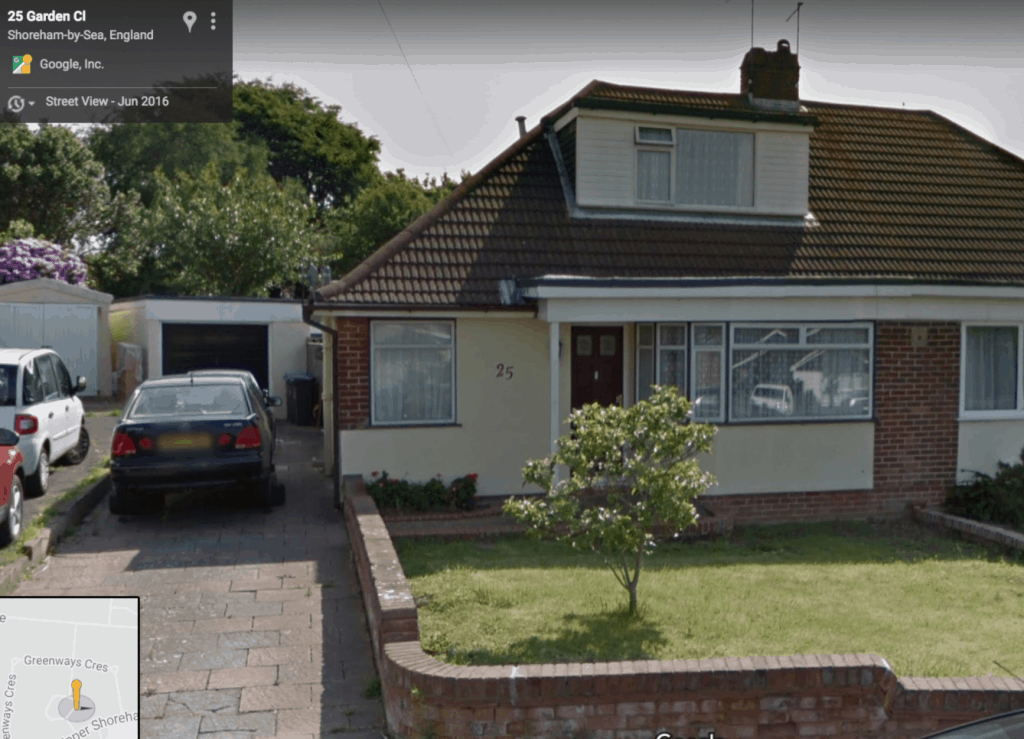
Looks can be deceptive
This painting looks (to me) a good many years older than the photo. But the painting is 1887 (artist Alfred Bennett) and the photo was taken in 1878.
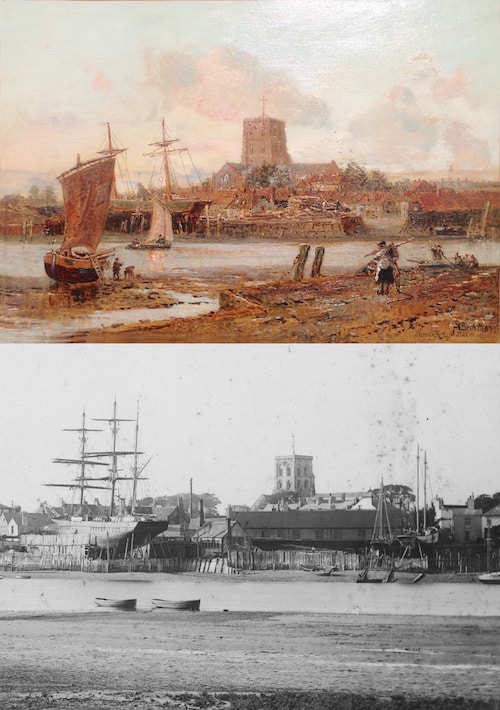
Disappearing Shoreham
Originally stretching all the way on both sides of the road from the suspension bridge to the flood arch, the old railings on the north side have recently been replaced by wooden ones. Whether or not they were erected at the same time as the bridge itself (1833) is uncertain although it can be seen in many late 19th and early 20th century photos. This used wooden posts with the distinctive square iron rails held in place by a metal strap. Sometime since the wooden posts were replaced with cement ones but still using the square iron railings. Some of the south side railings still survive, for now, and although they may be of little architectural importance it is sad to see yet another part of the town’s history quietly disappearing almost unnoticed.
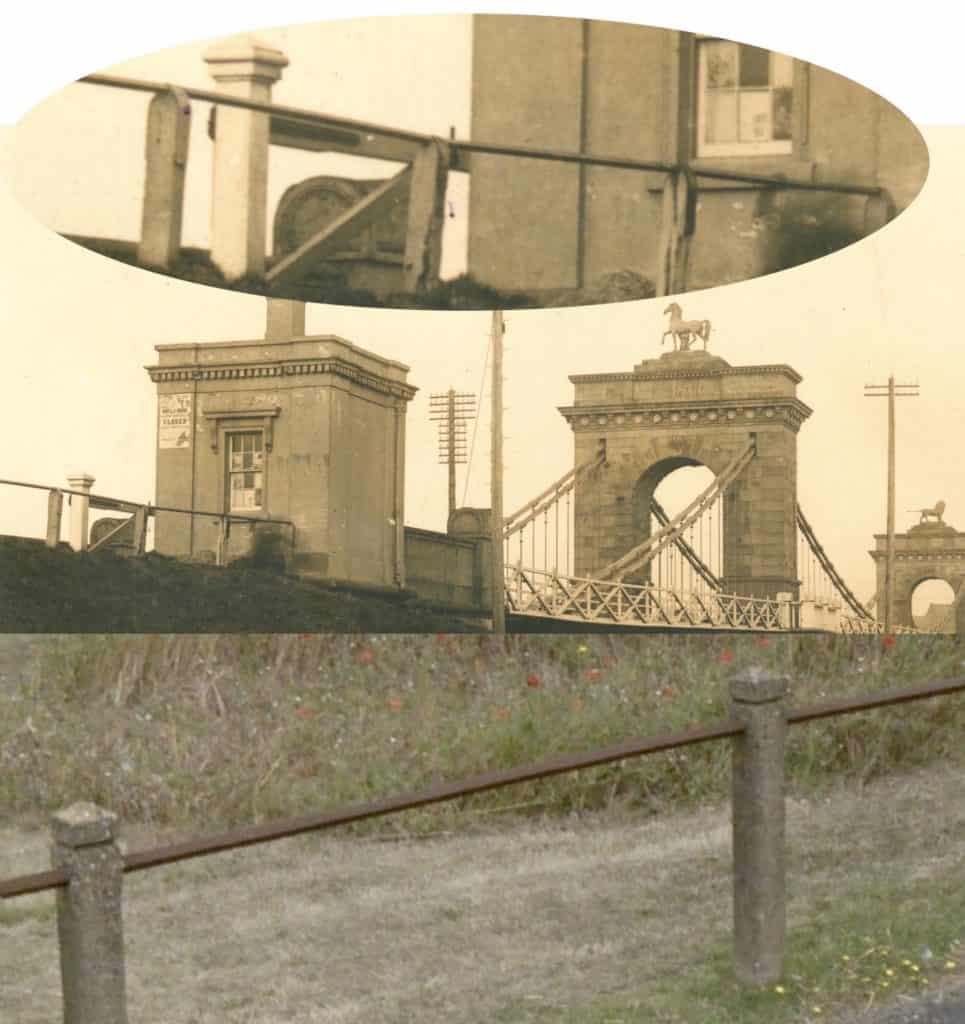
Doodlebug discovery
5 bob for the caretaker
Little bits of history in snippets here from E. R. Harmsworth’s letter to the New Shoreham Local Board in 1891 most significant of which is the instruction that the new tramway terminus must be sited at the top (western end) of Ham Road.
1811 Clayton & Hyde Shilling Trade Token
A period of coin shortage when the British Royal Mint almost ceased production making small change scarce prompted merchants in 1811 to produce tokens ‘for the accommodation (convenience) of the public.” These were issued by merchants with the agreement that they would be redeemed in goods to an equivalent value at the merchants’ own outlets. The transaction was therefore one of barter, with the tokens playing a role of convenience, allowing the seller to receive his goods at a rate and time convenient to himself and the merchant in order to tie the holder of the token coin to his shop.
Continue reading “1811 Clayton & Hyde Shilling Trade Token”Ebeneezer
Super google surfer Neil De-Ville has unearthed this photo of the ship ‘Ebenezer’ (on Ebay) that turns out to be another Shoreham built ship photo that has come to light. Our ‘Ships Built or Registered in Shoreham’ listings show it to be a 177 ton brig built in 1860 by May & Thwaites of Kingston that enjoyed a very long working life as a coaster for almost sixty years. It took a German submarine to finally finish it off on 15th July 1917 when it intercepted the vessel and sunk her with explosive charges.
Shoreham presentation rolling pin
This is quite a find by Jacqui Hubbard in a Petworth antique shop.
The 1853 presentation rolling pin has the name James Cooper who may have been the shipwright who lived on the High Street then, near to Shoreham’s best known shipbuilder J. Britton Balley so probably worked on his ships too. It would seem Cooper also worked on the ship ‘James Douglas’ but unfortunately I can’t find that name amongst our registers of Shoreham built/registered ships – something to keep a look out for.
Life in 18th and 19th Century Shoreham
Newspaper Reports continued 24:-
Finally, a scatty but hilarious report concerned the farcical 1849 election of an unopposed Lord Lennox, the only candidate for the Rape of Bramber that year. Sparsely attended due to a bitter, northerly wind on that December day and conducted in East Street near the south-east entrance to the churchyard. It included Lennox, John Shelley (the deceased poet Percy Bysshe Shelley’s brother), an ancient town crier who hardly had the strength to shout and a heckling, anti-Lennox, one-eyed fisherman waving a kipper! Wonderful stuff!


